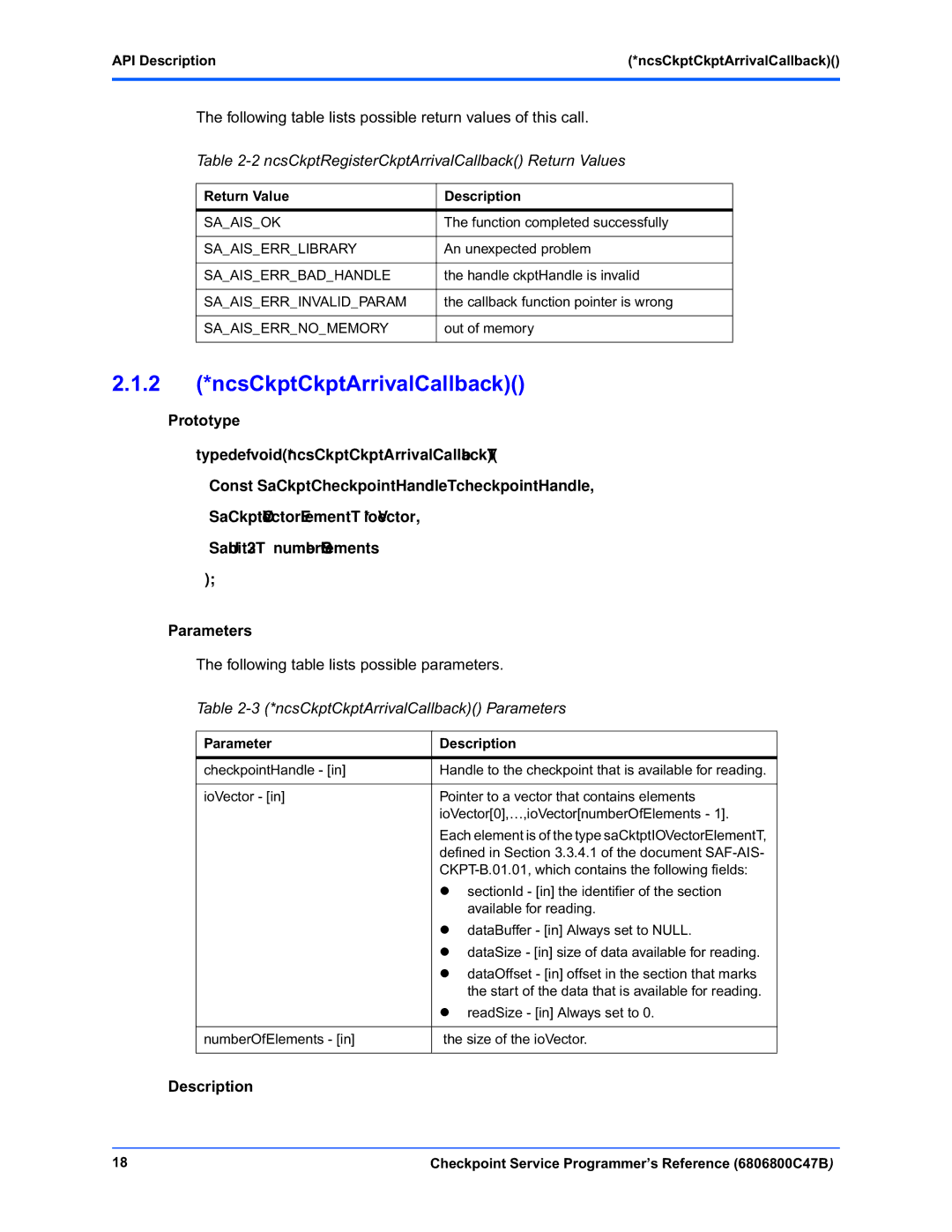6806800C47B specifications
The Motorola 68000 series microprocessor, which includes the 68000, 68010, 68020, and others, significantly impacted the development of computing technology. Among its variants is the Motorola 68000, often referenced for its advanced features, performance, and capacity for versatility, making it one of the most prominent processors in its time.The Motorola 68000, with its 16-bit data bus and 32-bit internal architecture, provided a potent combination of speed and efficiency. This processor features a clock speed ranging from 5 to 25 MHz, enabling high-performance computing for a range of applications, from personal computers to embedded systems. It utilizes a sophisticated instruction set that accommodates complex operations, enabling developers to write efficient and powerful software.
One of the main characteristics of the Motorola 68000 is its ability to address 24 bits of memory space, allowing it to access up to 16 MB of RAM directly. This memory addressing capability was an impressive feature during its release, supporting more extensive and more complex applications than most contemporaries could handle at the time.
The architecture of the Motorola 68000 is notable for its orthogonal design, which provides a rich set of addressing modes, making it versatile for various programming tasks. Its instruction set includes operations for arithmetic, logic, and data manipulation, coupled with strong support for multitasking and complex data structures, essential for modern operating systems.
In terms of technology, the Motorola 68000 employed a dual-processor architecture that enabled it to work alongside other processors, such as the Motorola 68881 and 68882 floating-point coprocessors, significantly enhancing its computational capabilities especially in graphics, scientific calculations, and complex algorithms.
Furthermore, the 68000 series processors were known for their excellent interrupt handling capabilities, making them suitable for real-time applications. This feature was particularly valuable in embedded systems, telecommunications, and industrial control systems, allowing for responsiveness in processing external events.
The 68000 microprocessor also gained popularity in the world of gaming and graphics, being utilized in iconic devices like the Sega Genesis and the Atari ST series. Its performance and flexibility in diverse applications ensured that the 68000 series left an indelible mark on the evolution of computing technology, influencing generations of system design.
In conclusion, the Motorola 68000, particularly the 68000 series, is a foundation in microprocessor history, celebrated for its capabilities in memory management, software development, and multi-faceted applications that paved the way for modern computing.
